Humidity control
Why humidity control?

Humidity regulation for industry
Regulacija vlage - naši radovi


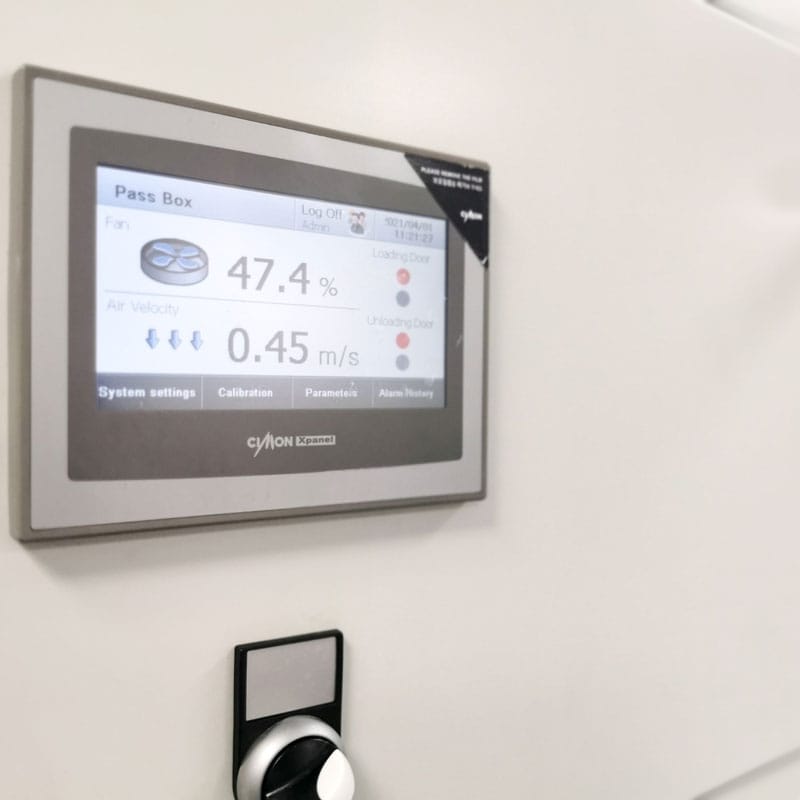
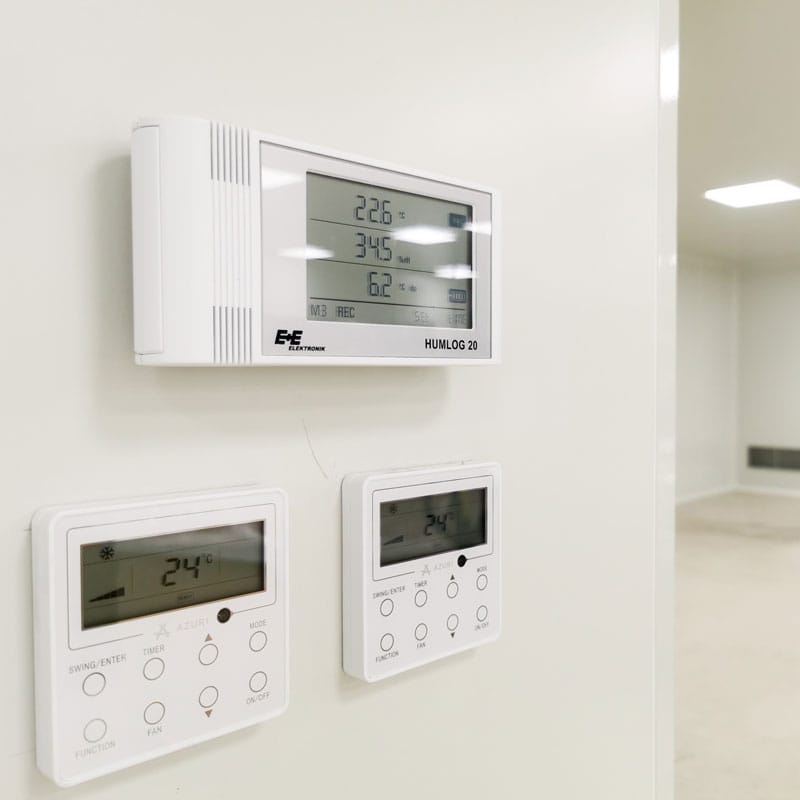
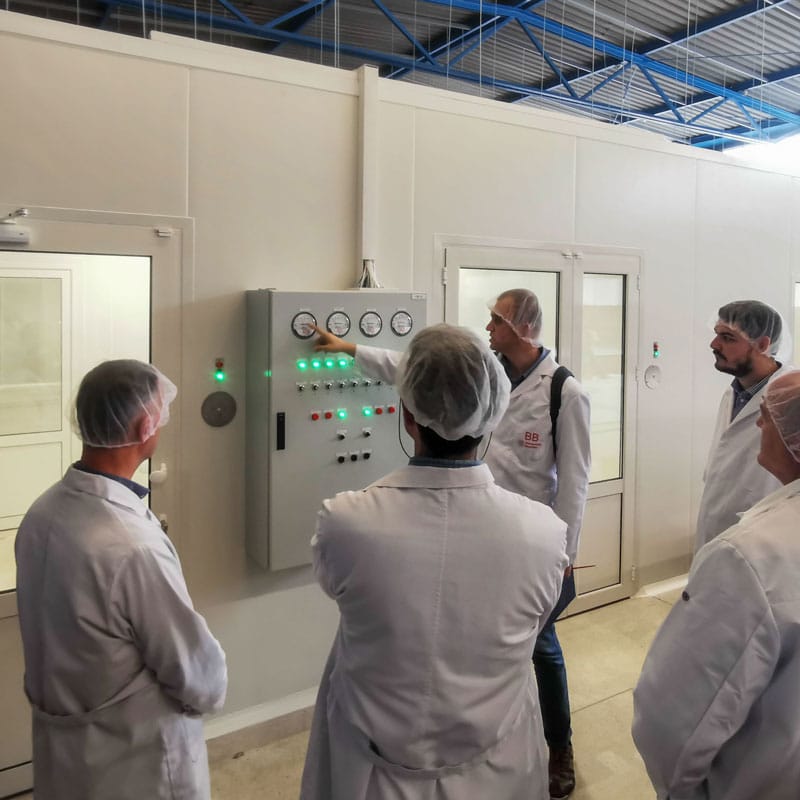
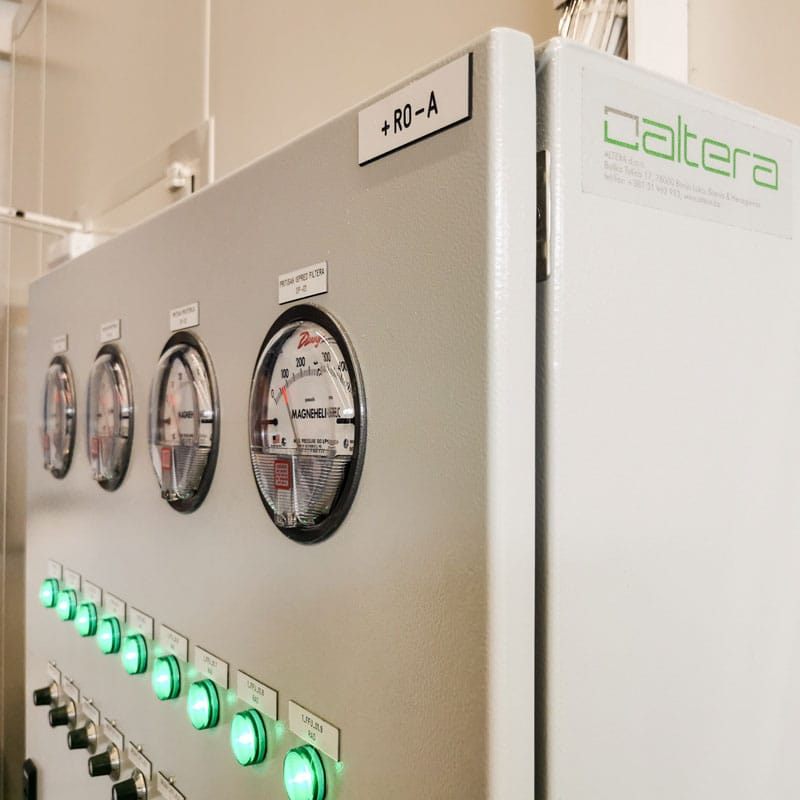
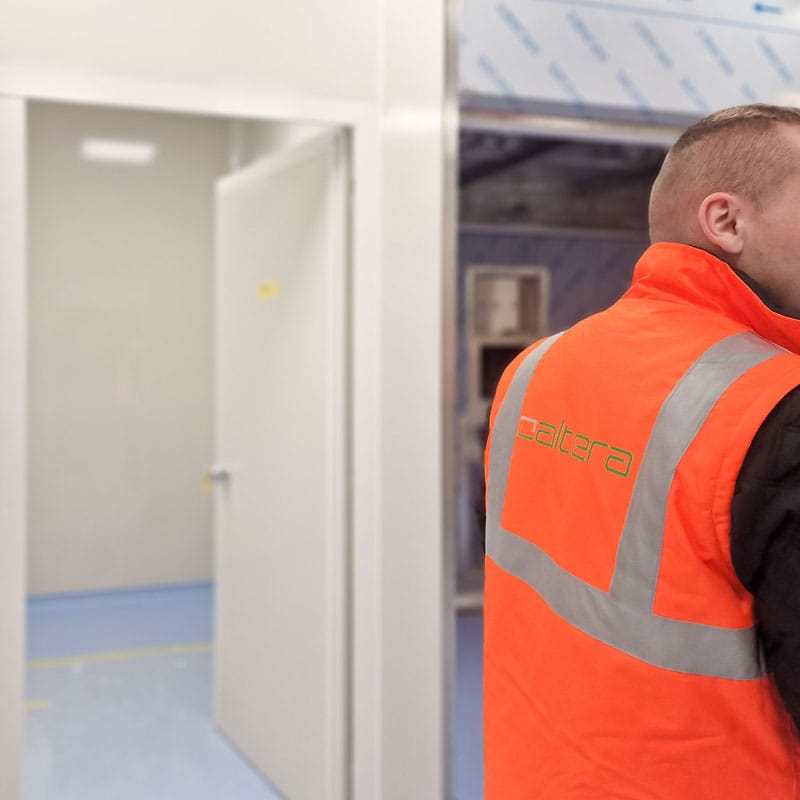
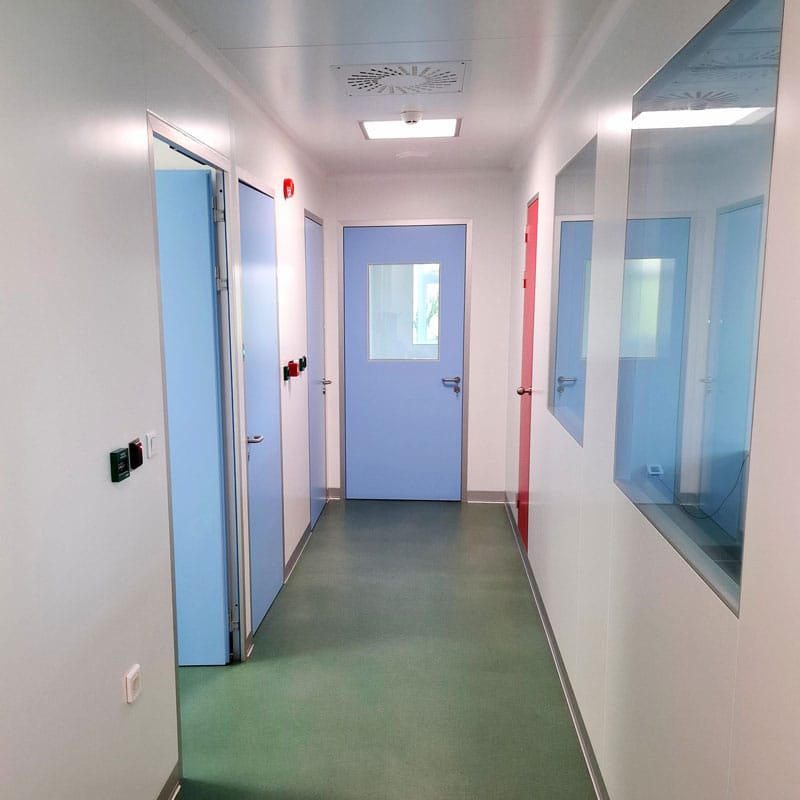
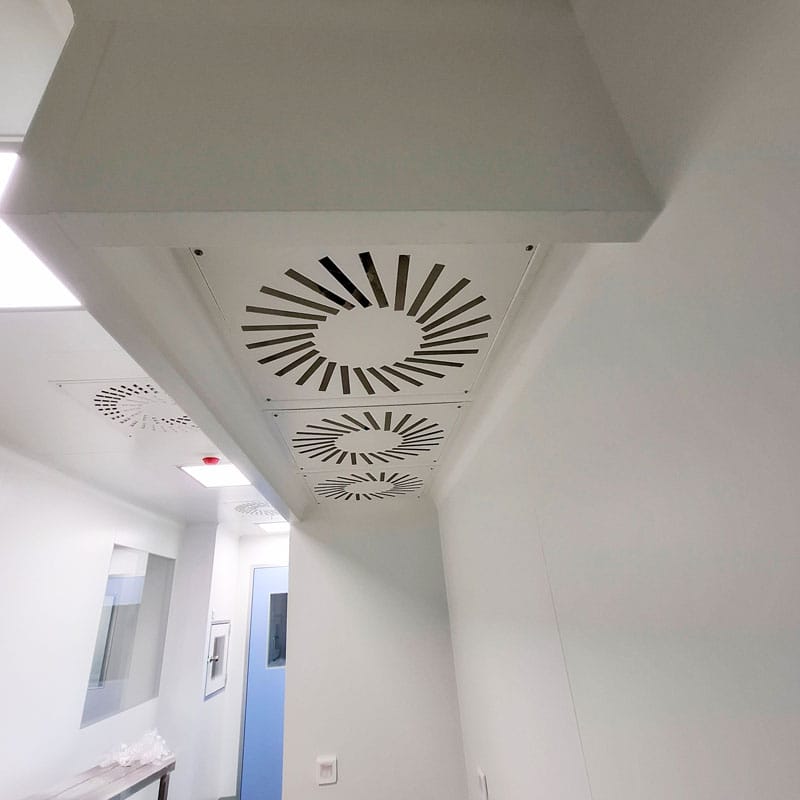
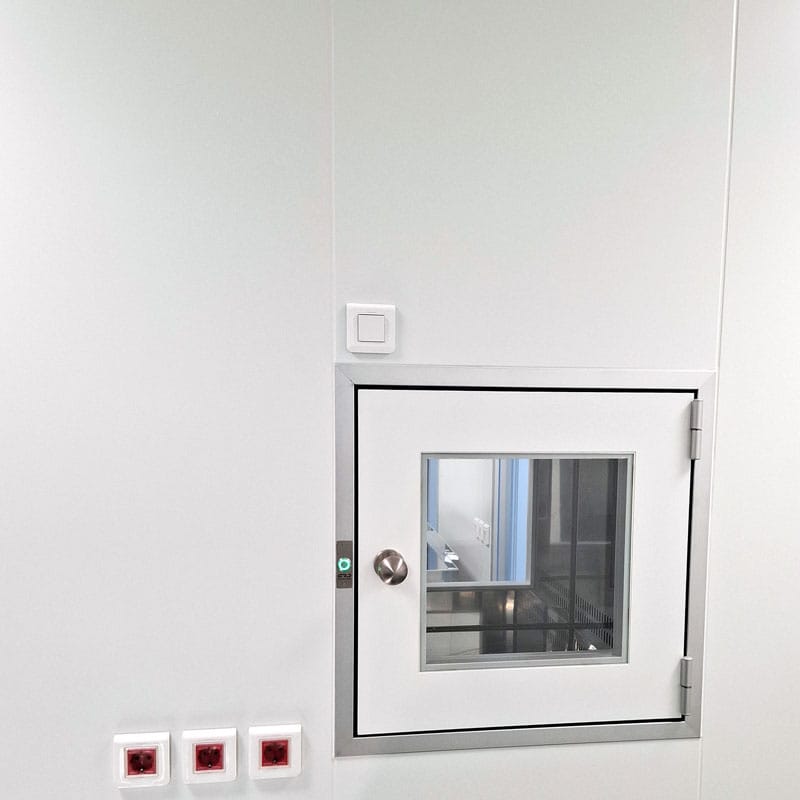
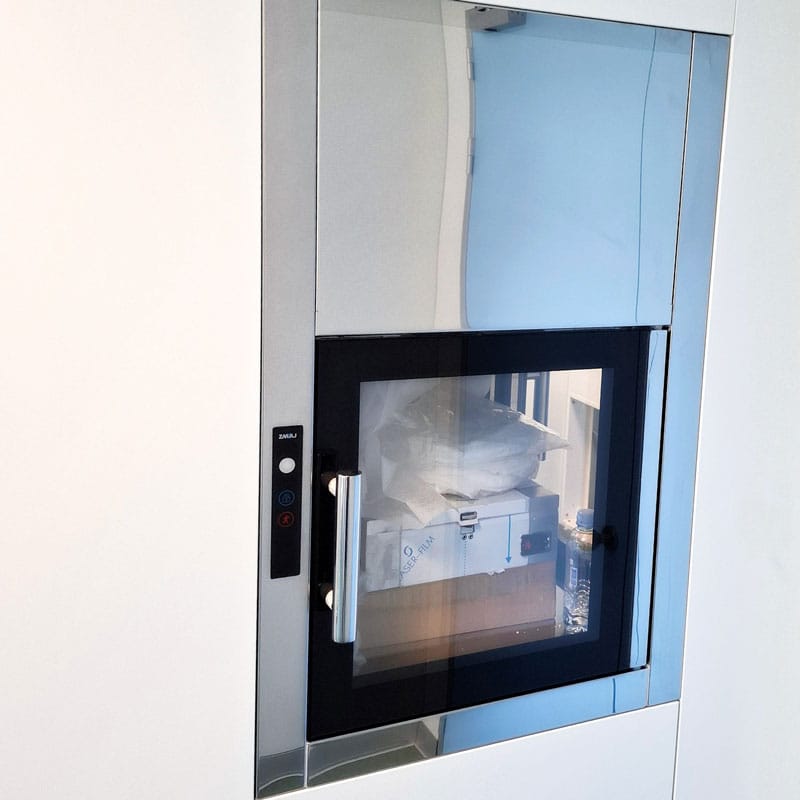
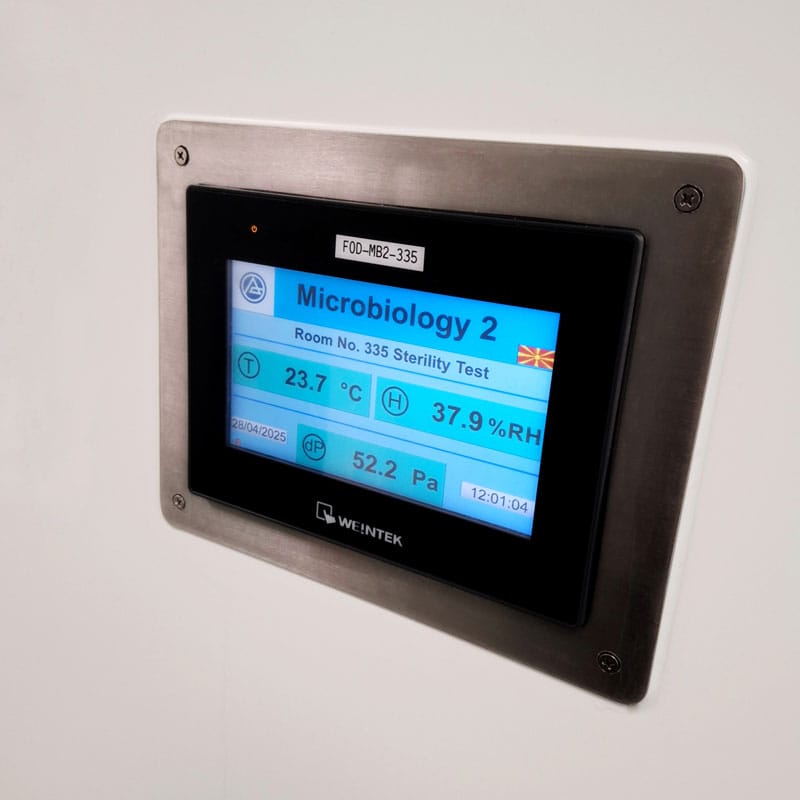
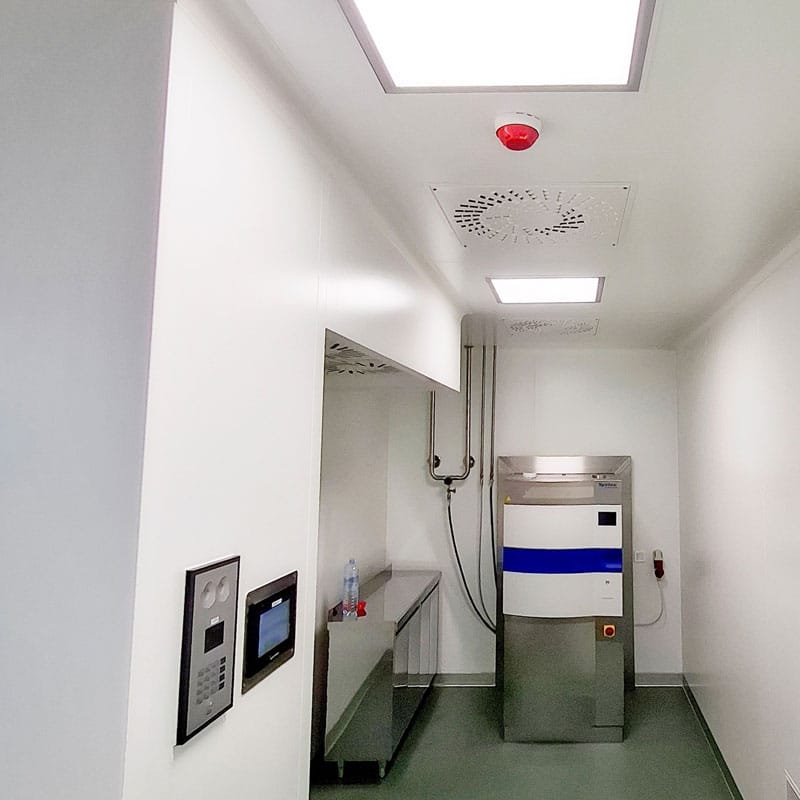

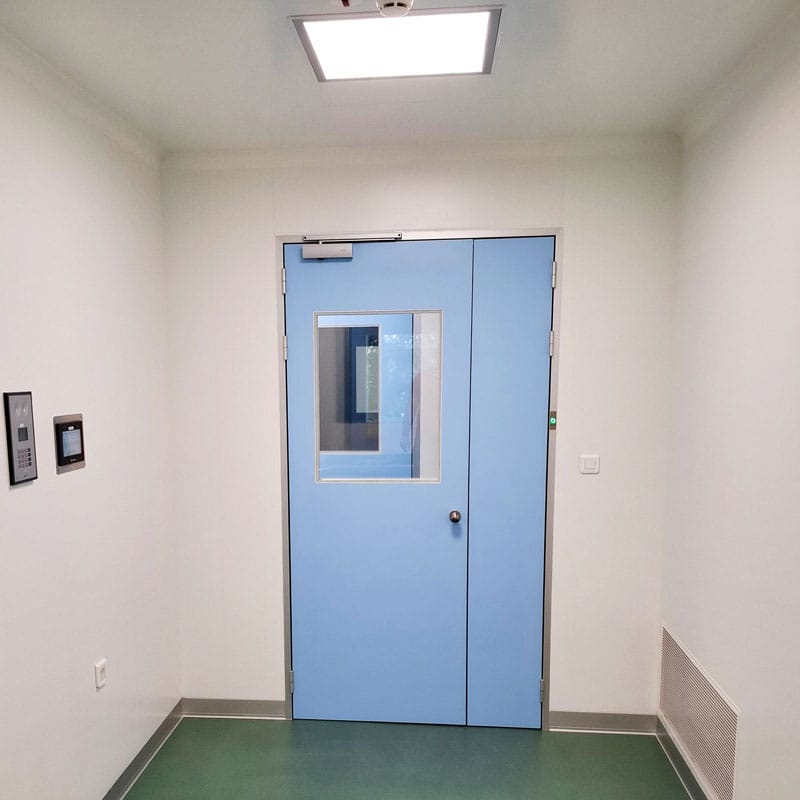
Humidity Control in Industry
Air humidity regulation plays a crucial role in industrial processes, ensuring optimal conditions for production, storage, working environment and comfort parameters. With climate changes and air humidity increase, the efficient air dehumidification systems are more and more needed.
High humidity primarily has a negative impact on production processes. Without precise humidity control, materials can change their characteristics, operations can be disrupted, and productivity can significantly decrease.
Accurate humidity control is essential for maintaining optimal working conditions across various industries. In pharmaceutical manufacturing, stable humidity prevents drug degradation, ensures a sterile environment, and reduces the risk of contamination. The food industry uses humidity control to extend product shelf life, improve consistency, and prevent spoilage caused by drying. In the wood industry, proper humidity level prevents deformation and cracking during drying, ensuring higher quality of finished products. In electronics manufacturing a controlled humidity level is crucial to reduce the risk of static electricity buildup and protect sensitive components from potential damage. The textile industry uses humidification to improve fiber quality and ensure smooth machine operation, contributing to overall process efficiency.
The industrial HVAC systems we work with primarily include adsorption dehumidification and steam humidification, two highly effective methods of humidity control tailored to the specific needs of various industrial sectors.
Adsorption Dehumidification – Efficient Moisture Management
Adsorption dehumidification is used in industries that require low air humidity levels. This technology operates using a rotor impregnated with silica gel, which adsorbs moisture from the air and enables precise humidity control.
Benefits of adsorption dehumidification include:
- Prevention of mold and bacterial growth on raw materials
- Improved material durability and waste reduction
- Optimization of production processes that require low humidity, such as drying and packaging
Steam Humidification – Stability and Control
Steam humidification is essential in industries that require precise humidity maintenance to prevent drying, static electricity buildup, and compromising of the production parameters. This system ensures stable working conditions and prevents material damage.
Steam humidification offers the following advantages:
- Maintains the quality of raw materials and final products
- Improves working conditions, contributing to employee productivity
- Precise humidity control without negatively impacting ambient temperature
Precise control of manufacturing and processing conditions plays a key role in ensuring quality and efficiency. Proper humidity regulation improves product characteristics and increases the rate and productivity of industrial machinery. Fluctuations in air humidity levels, especially low humidity, can lead to equipment damage, increased risk of injury, and production downtime.
Another important factor to consider is static electricity. A decrease in humidity can increase the electrical resistance of materials, potentially causing electrostatic discharge. Maintaining appropriate workplace temperature combined with controlled optimal humidity levels contributes to lower energy consumption and improved overall process efficiency.
